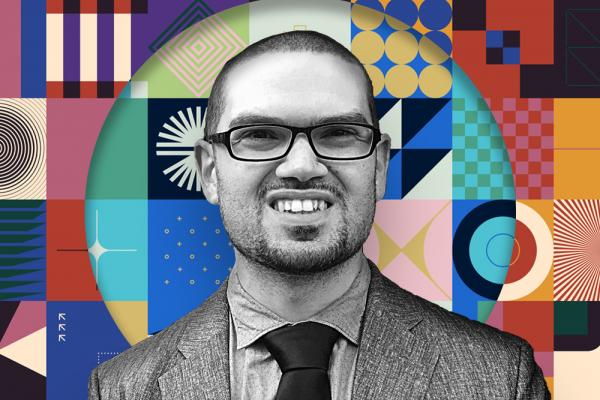Apr 28, 2021
For Nathan Cartagena, a critical race theorist and assistant professor of philosophy at Wheaton college, conservative Christians’ growing belief that CRT is a threat to the gospel poses a pedagogical challenge: How do you teach students to understand an idea that they’ve been told is fundamentally anti-Christian?
Read the Full Article

Already a subscriber? Login
